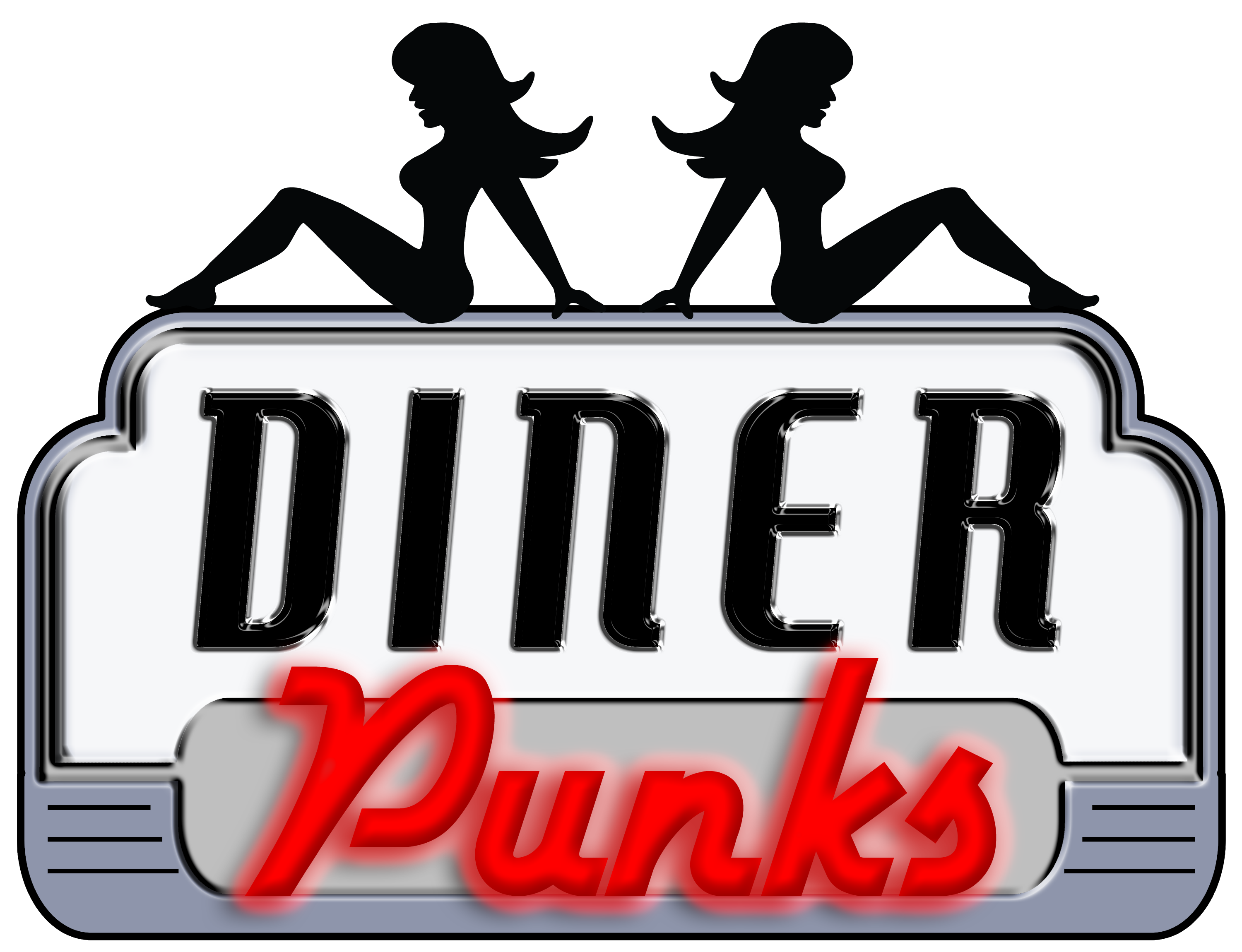The Promised Land
The Russians didn't have too many bombs pointed at the northern Midwest beyond the Rust Belt, and the prevailing winds carried most of the fallout from nearby targets away to the south. As a result, most of northern Minnesota, Wisconsin, and Michigan, along with a large crescent-shaped swath of Iowa and Missouri, survived the Boom with considerably less ecological damage than other regions suffered. When the people there came out of the bunker, wildlife was thriving, wells still produced safe drinking water, and the soil was as fertile as it had been before the Boom.
With more than enough food to feed the relatively sparse population, many occupants--already accustomed to isolation and self-sufficiency thanks to surviving coutlesss northern winters--mostly kept to themselves. Their camps remained small, usually just a few extended families holding down a farmstead. Since the only resources these camps had worth stealing were available in abudance, defense wasn't really an issue. That changed when refugees started showing up.
At first, the locals weren't very concerned about the newcomers--there was enough unclaimed territorry and natural resources that the new outsider camps and the locals rarely even saw one another. As more people arrived, camps started getting closer together and competing for resources. Raiding parties from other regions also became a problem. To keep from being overfun, the natives began banding together into larger camps who could control more territory and field larger militias. Some camps used their newfound strength in numbers to actively chase out nearby "foreign" settlements, while others focused on defense and discouraging new outsider camps. Refugees with useful skills were often allowed to join existing communities, but new camps made up of ousiders were not allowed to last long. Eventually people got the message and steered clear of the area except to trade or maybe poach some game.
Just as the region was settling into its new normal, a wave of religious ferver swept through the area. The way a lot of people saw it, God had not only protected them from the worst consequences of the Boom, he'd now helped them defend and regain control of their native land--a clear sign that the region was theirs through divine providence. This belief is what gave the region its post-Boom name: The Promised Land.
As these beliefs spread, numerous communities fell under the sway of self-proclaimed prophets, power-hungry con artists, and even sincere evangelists, many of whom offered scriptural interpretations of the Boom and its aftermath, often based around the Book of Revelations. A number of these new sects have grown into regional confederations of communities who answer (officially or unofficially) to one holy man or another. Most, regardless of size, tend toward authoritarianism and intolerance of non-believers, which has led to numerous ongoing holy wars between rival theologies and harsh treatment of heretical outsiders.
The Promised Land is too rich in resources to simply ignore, but most convoys avoid the area unless they need something that's so vital that they're willing to risk being burned at the stake over it.





Comments